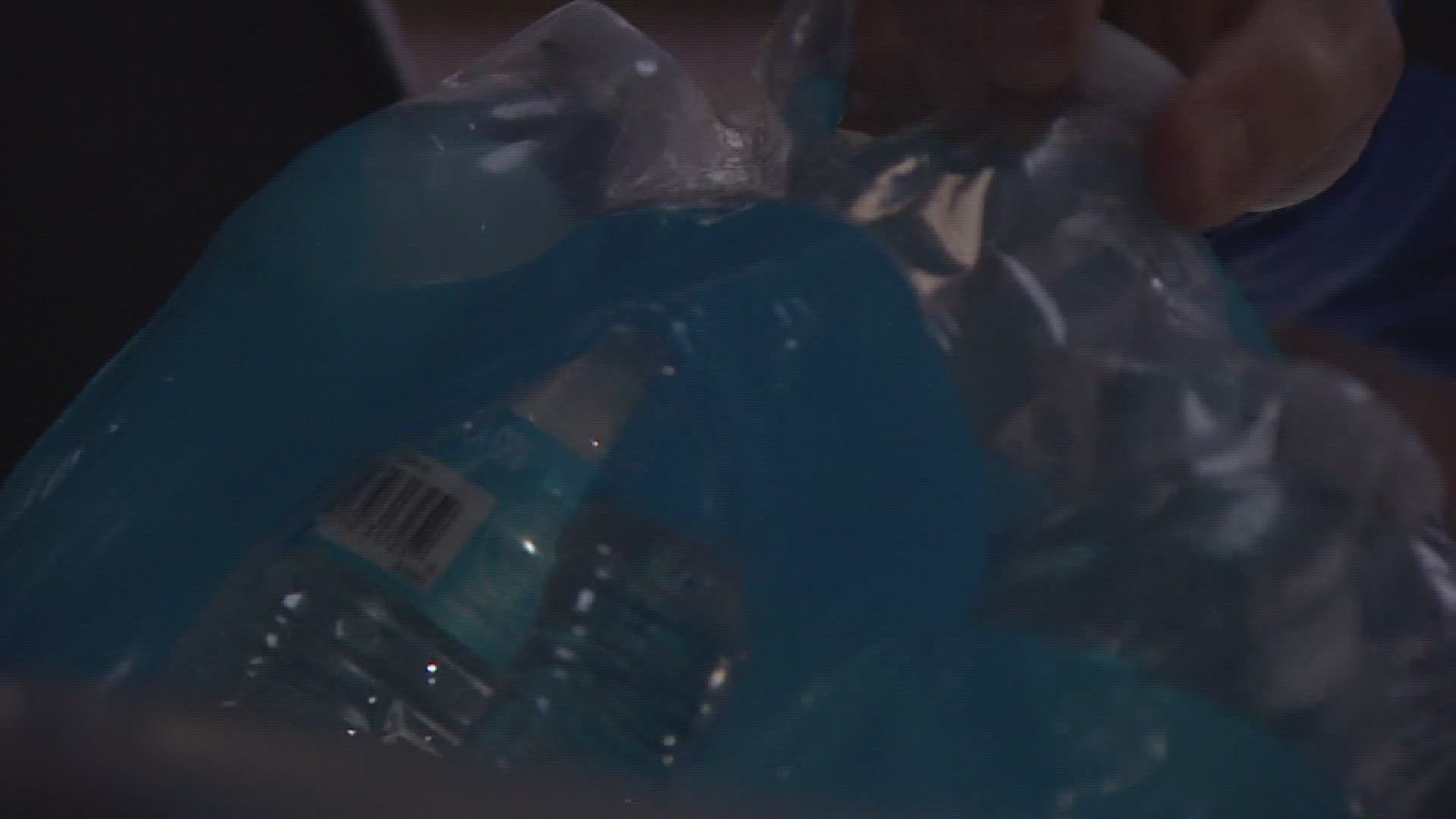SEATTLE — Since launching at the end of October, Seattle’s new CARE department's primary response workers have responded to more than 300 calls.
Each day from 11 a.m. to 11 p.m., Seattle now has "Community Crisis Responders" on duty. There are six of them working in pairs.
Their team has responded to 306 events since the team launched.
CARE responder Brooke Hernandez said they respond to an average of three or four events a day. However, they had days with an estimated nine events they've responded to.
They're learning which areas are frequent spots for response.
“Pioneer Square and then right around the retail core, so like the Pike/Pine area,” said Chris Inaba, a CARE responder.
Their main purpose is to help people in a health crisis or help those who need to be connected to services.
The median time the responders stay on scene is 28 minutes. In 36% of events they have had to respond to they end up transporting the person somewhere, such as a shelter, detox, or to other places they can get the help they are in need of.
The CARE responders get dispatched with Seattle police, or Seattle police call them to assist or take over. They can also respond to “on-view” situations, which is where they either see something happening or people approach them for help while they are on patrol. About 10% of the events they respond to are “on-view” responses.
When KING 5 was with the responders, they received a call from police about a 16-year-old girl stranded alone downtown. They said she was about three hours from home. The department’s average response time is eight minutes; the one KING 5 was along for took about 10 minutes.
Two CARE responders got out to assist the police officers who were with the girl, who was emotional and wrapped in a blanket. They gave her water and talked to her about her situation, in which she said her friends left her in Seattle.
After contacting her mother, the CARE responders drove the girl to the police precinct where they said they would stay with her until she was able to be picked up by her mother.
“We just want to make sure people feel supported and, like Brooke said, build trust with people out in the community,” said CARE responder Chris Inaba.
Out of the 306 events the responders have gone to, three of those cases have required police return to assist.
According to the city, $2.4 million is in the budget for the dual dispatch program for this year and another $2 million is set aside to help in the process of expanding the program.
Watch KING 5's top stories on YouTube

